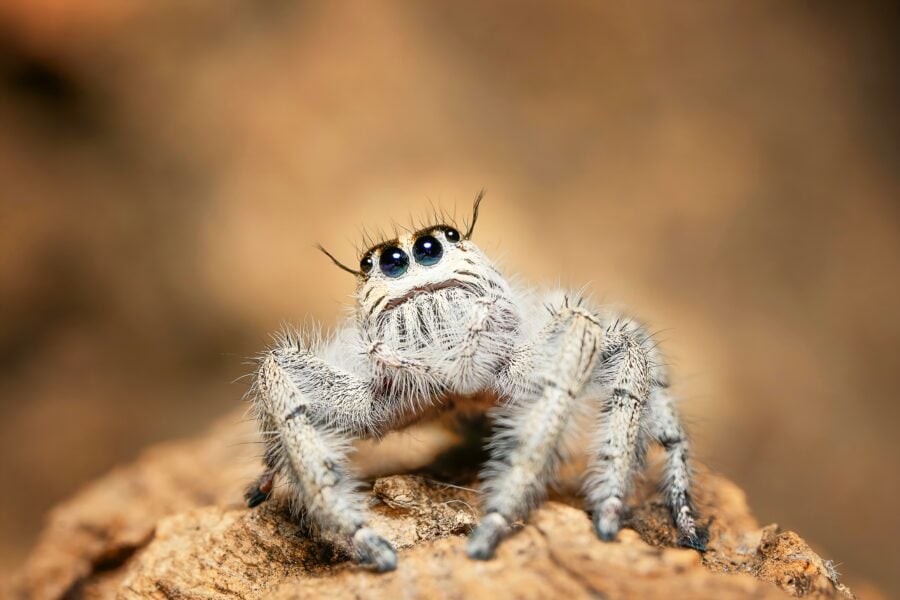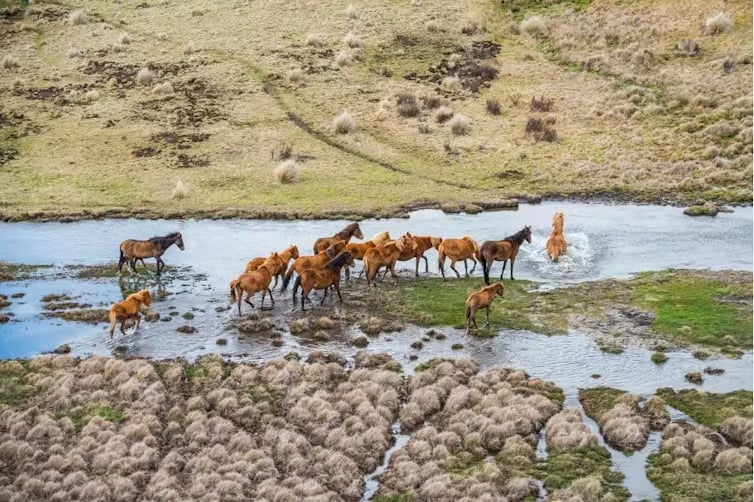The incredible colours of birds

It’s one of the most spectacular sights in an Australian backyard: a male superb fairy wren, flashing brilliant blue as it hops across the lawn. But while the fairy wren stands out as being especially radiant, many other birds are also spectacularly coloured – and it’s only recently that scientists have begun to unravel the complex reasons why.
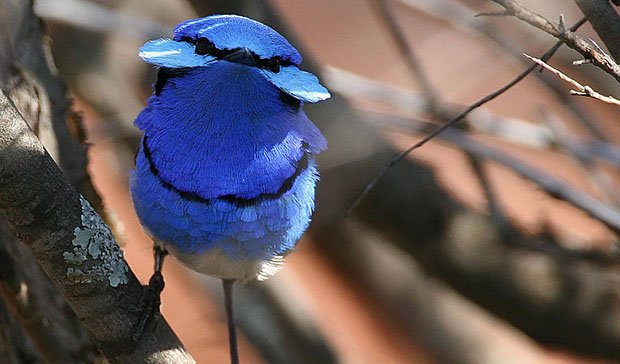
There are two main ways for birds to create colour in their plumage. The first is to use pigments, and the second is to use iridescence – the colours created when light refracts from the physical structure of the feather.
Occasionally, as in the green of some parrots, the birds use a combination of both – here, yellow pigment, plus a blue that comes from the structure of the feathers. The pigments can either be manufactured by the bird or come from certain nutrients, such as carotenoids, which are produced by plants.
When it comes to the fairy wren, Dr Kaspar Delhey at Monash University in Melbourne and his colleagues have found that some species are better able to see ultraviolet (UV) colours than others. Among individuals of these species, UV colouration makes a male’s blue plumage even more striking against the natural environment, possibly making him more attractive to females.
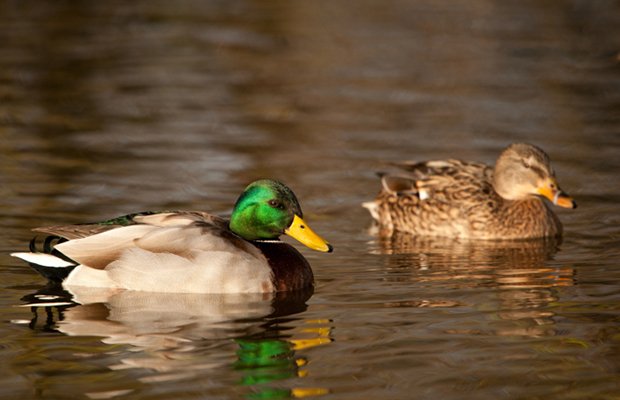
Birds use both pigments and structural colour
For many species of fairy wren, the male is brown until the build-up to the breeding season. Then he moults into his colourful ‘nuptial’ plumage. Earlier work revealed that males that turn blue earlier in the year get more mates. Often this means moulting earlier in the year when it’s cold and dry, and this could signal to the females that they’re particularly fit and healthy, Kaspar says. So for these birds, their colour is an important way of communicating.

In fact, one of the main reasons that birds can be so gaudy compared with mammals, for example, is that colour is a great method of signalling to others. This is true only if being camouflaged from predators isn’t essential to a species’ survival.
“Like butterflies, birds can fly away to avoid predators, and that opens up the ability of natural selection to act on colours to their advantage and not to their detriment,” says Professor Bob Montgomerie, an expert on bird colour at Queen’s University in Kingston, Canada.
In general, birds that are flightless or that spend long periods on the ground tend to be less colourful. A gull that must incubate its eggs in a nest in open country cannot afford be bright, or it will be easily spotted by predators, Bob points out.
Colour for signalling and communication
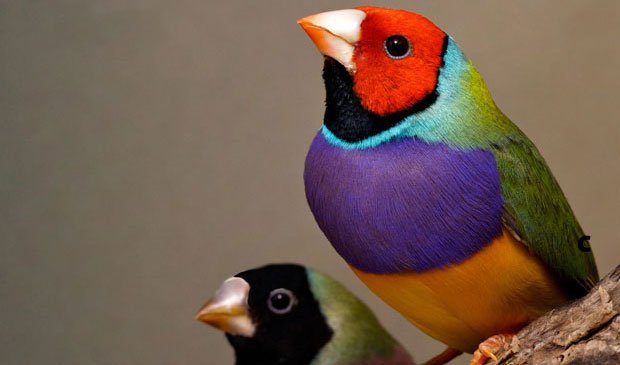
But for birds that spend much of their time in the air, or high in rainforest canopies, the colour options seem almost endless. And in fact, “birds are even more colourful than they look to us,” says Bob.
That’s partly because they can see and use ultraviolet colours (as in the case of the fairy wren). But the bird’s visual system also has another advantage over ours.
“They are better at discriminating small colour differences – too small to be perceived by humans,” says Kaspar. So birds can detect very slight differences in intensity between the red of one individual and the red of another, for example.
When birds do use colour to signal to others, it’s generally males advertising their health, dominance or paternal skills to potential mates. Bob guesses that in around 75 per cent of the 10,000 or so species of birds in the world, the males are more colourful than the females.
Why do peacocks have bright tails?

If you’re signalling to a female, you want to stand out. Hence the brilliant blue of the superb fairy wren or the peacock’s tail; blue is a colour that is easily seen against a green or brown background.
Red can also be very conspicuous, though this isn’t always the case – and this may explain why some rainforest parrots are red, says Bob. “Red’s actually a colour that’s quite hard to see in the forest. Hunters that wear red are more likely to get shot than those wearing other colours, because it blends in well.”
When it comes to the colour of an individual bird, there’s plenty of evidence that the vividness of a male’s feathers or the contrast between colours in his plumage can be a good indicator of his fitness as a mate. Blue and ultraviolet-coloured feathers must be well cared for, for instance, for the colour to be vibrant – so a male can demonstrate his health with a particularly intense plumage.
In some cases, colour can also be used to show that the male is fit enough to seek out certain foods. Reds, oranges and pinks require the male to have consumed carotenoids, which can be present in good quality seeds.
Reason for flamingo pink stems from carotenoids

Male house finches, for example, which have red or orange in their plumage, can signal their fitness to a female by the extent to which they use these colours, and the brightness of the red or orange.
Pink is also dependent on carotenoids. Flamingos get their pink pigments from the blue-green algae and the brine shrimp that they eat.
Whether the vividness of iridescent colours is also a good indicator of a male’s health is still a matter of debate. But some birds do go to great lengths to show off these colours in the best possible light.
“Male peacocks that display at 45 degrees to the right of the sun are most successful, because females can perceive the iridescence most clearly at that angle,” says Bob.
For many species, however, it’s still not clear exactly why they are the colours they are. But it’s only in the past 15–20 years that scientists have really started to focus on the use of colour in birds, Bob says. It wasn’t until the late 1990s for instance, that ultraviolet vision in birds was well documented.
“This is very new stuff. It’s early days in terms of trying to understand it all,” he says.
READ MORE:
- Drunken birds: inebriation in the wild
- The miracle of flight
- Why do parrots and lyrebirds talk?
- Top 10 bird watching spots in Australia
